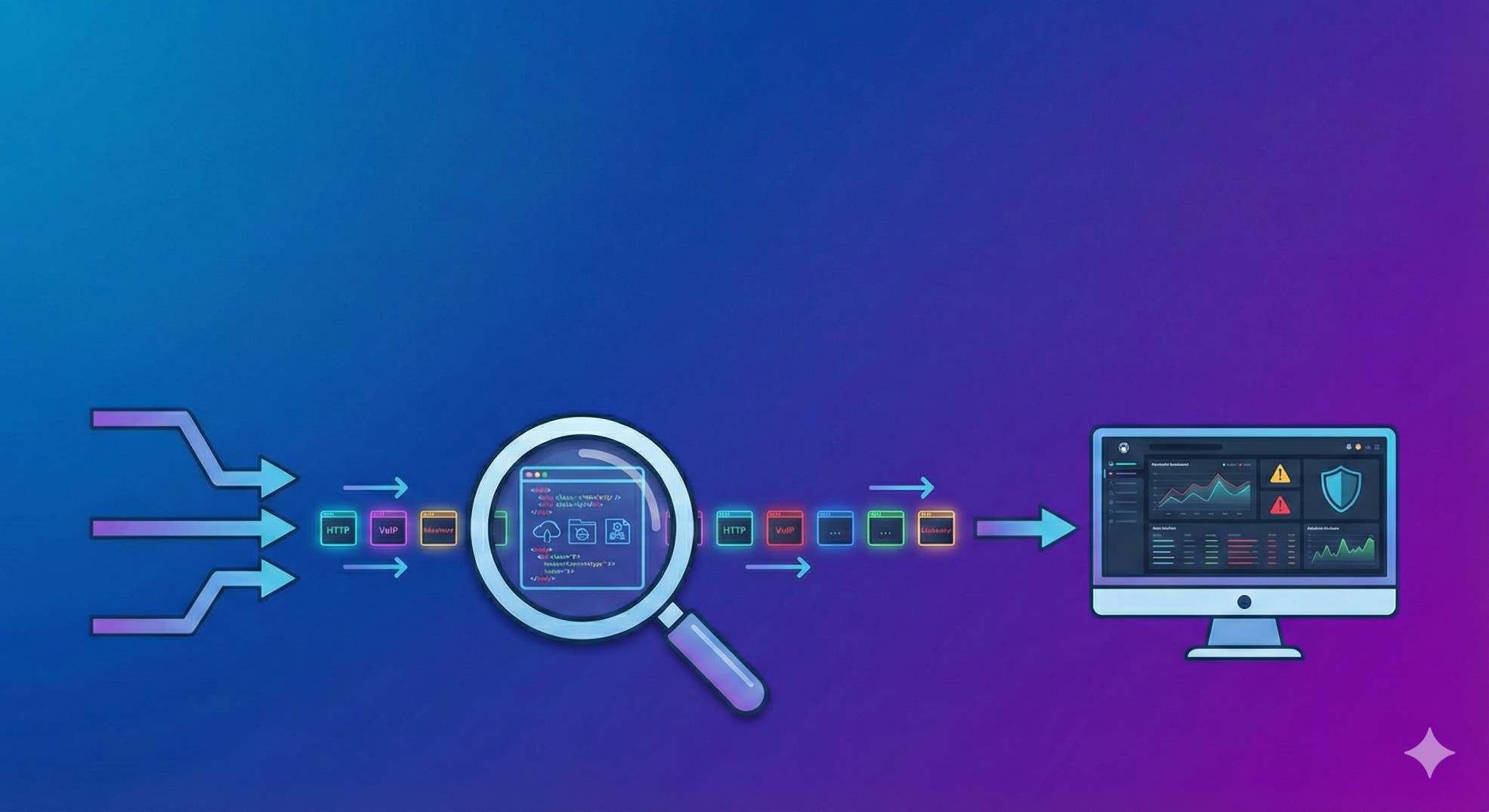Railways are the backbone of global logistics and passenger transit — and like many critical industries, they are rapidly modernizing their communication infrastructure. At the heart of this transformation is the Future Railway Mobile Communication System (FRMCS), a 5G-based standard that will replace the aging GSM-R system and bring rail communication into the era of high-speed, high-security, and real-time connectivity.
Mobile networks — specifically private 5G deployments — are poised to power a new generation of railway operations, from smart signaling to train automation and real-time diagnostics. FRMCS is not just a technical upgrade; it is a strategic enabler for digital railways across Europe and beyond.
What is FRMCS?
FRMCS (Future Railway Mobile Communication System) is a 3GPP-aligned standard developed under the umbrella of the International Union of Railways (UIC) to succeed GSM-R. It is based on 5G NR and LTE technologies, ensuring long-term support, scalability, and integration with other industries adopting mobile networks.
Key Goals of FRMCS:
- Replace outdated GSM-R with a future-proof system
- Enable mission-critical communications (MCPTT, MCVideo, MCData)
- Support high-speed mobility and seamless handovers
- Improve interoperability across national networks
- Facilitate railway automation and digital signaling
Why Mobile Networks Matter for Modern Railways
Railways operate in dynamic, high-mobility environments that require reliable and low-latency communication. Traditional systems like GSM-R are no longer adequate for emerging demands such as predictive maintenance, autonomous train control, and real-time video feeds.
Private mobile networks, especially 5G-based, bring:
- Low-latency communication for control and safety-critical functions
- High bandwidth for data-heavy applications like surveillance and diagnostics
- Network slicing for separating passenger data, train control, and operations
- Roaming resilience and handover optimization for high-speed trains
Use Cases of 5G and FRMCS in the Railway Sector
1. Train Control and Signaling (ETCS Level 3 & Beyond)
FRMCS enables real-time data exchange between trains and trackside infrastructure, supporting advanced signaling systems like ERTMS/ETCS. This enhances safety and increases rail line capacity.
2. Real-Time Video Surveillance and Monitoring
5G networks can carry high-definition video from onboard cameras to control centers for threat detection, incident response, and passenger safety.
3. Predictive Maintenance of Rolling Stock and Infrastructure
Sensors on trains and along tracks send continuous performance data. Mobile networks enable faster analytics, helping operators prevent failures before they occur.
4. Passenger Services and Connectivity
Private network slices can provide Wi-Fi backhaul, infotainment, and real-time travel updates, improving customer satisfaction while isolating critical train control data.
5. Push-to-Talk and Push-to-Video for Staff
FRMCS integrates mission-critical voice and video (MCPTT and MCVideo), ensuring uninterrupted communication between train drivers, station staff, and emergency responders.
Technical Features of FRMCS-Enabled Networks
- 3GPP Release 17 and beyond compatibility
- High-speed mobility support (>500 km/h)
- Dedicated spectrum allocation in the 1900 MHz and 900 MHz bands (depending on country)
- Mission Critical Services (MCX) built into the network
- Support for private deployment models within stations, depots, and along rail corridors
Security Considerations in Railway Mobile Networks
As mobile networks become central to rail operations, cybersecurity becomes a key concern. Threat vectors include:
- Denial of Service (DoS) attacks on signaling/control interfaces
- Unauthorized access to network slices or MCX applications
- Rogue base stations spoofing legitimate infrastructure
- Man-in-the-middle attacks on data or voice channels
Rail operators must adopt hardened configurations, implement strong authentication, and ensure regular vulnerability assessments across mobile core and RAN components.
The Road Ahead for FRMCS and Railway Innovation
Europe plans to begin large-scale FRMCS deployments by 2028, with pilot projects already underway in countries like Germany, France, and Switzerland. Globally, other regions are exploring 5G-based solutions tailored to local operational needs.
The adoption of FRMCS will also enable greater automation, integration with IoT devices, and real-time AI analytics for traffic optimization — turning railways into smart, connected ecosystems.
🔐 Looking for the full picture? Explore the Ultimate Guide to Mobile Network Security — your complete resource on telecom security, from architecture to audits.




